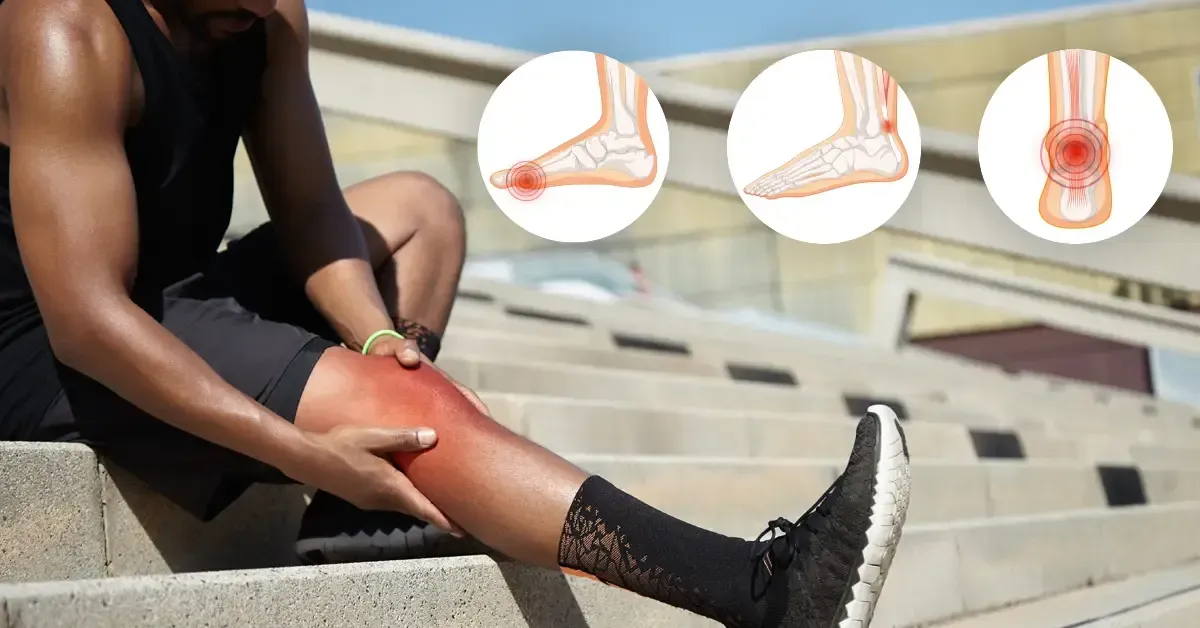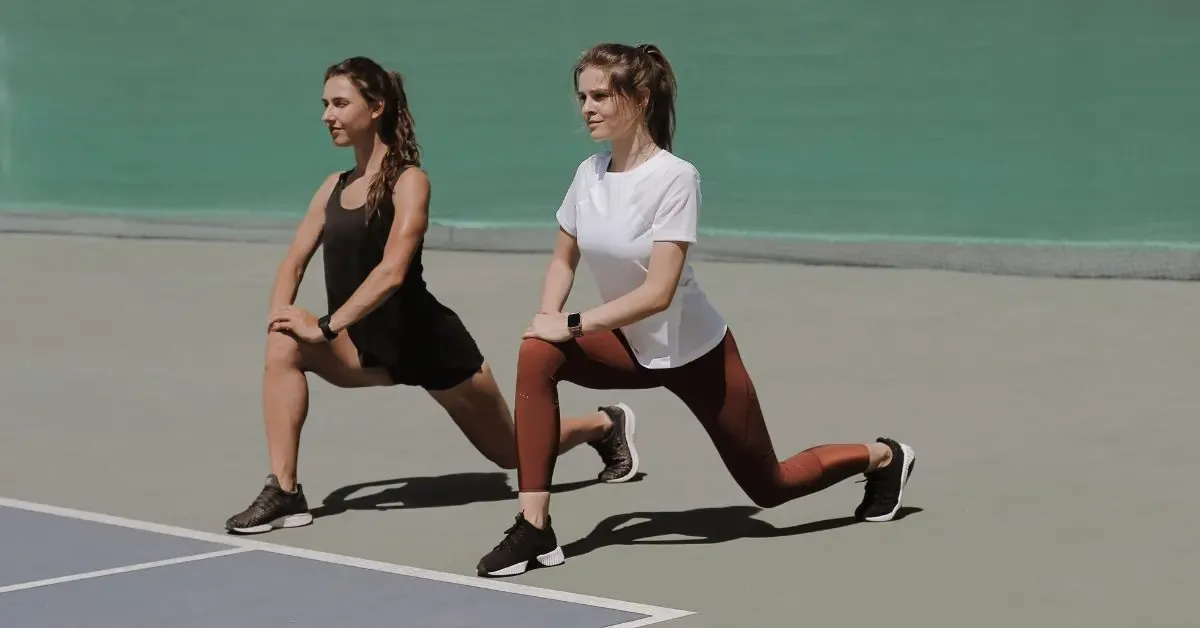Strategies for Preventing Common Sports Injuries

Getting active through sports and physical activities is a fantastic way to stay healthy and improve your well-being. But, of course, there’s always some risk of injury, whether it’s a small sprain or something more serious like a strain or fracture. The good news is, by following a few simple prevention tips, athletes and fitness lovers can cut down on the chances of getting hurt. This comprehensive guide will explore a range of strategies aimed at safeguarding against such sports injuries, empowering you to safely and confidently enjoy your favorite activities.
Understanding the different types of injuries that are commonly experienced in sports and physical activities
Ligament injuries (sprains) or muscle and tendon injuries (strains) frequently arise as a result of abrupt twists, falls, or excessive physical exertion.
The occurrence of broken bones can be attributed to high-impact collisions, falls, or the repetitive stress experienced by weight-bearing joints.
Head injuries resulting from impacts or falls are frequently observed in contact sports or activities that involve a significant risk of falling.
Shin splints and inflammation are often caused by overuse or wearing improper footwear
Preventive Strategies for Reducing Common Sports Injuries
- Adequate Warm-up and Cool-down Procedure
Before participating in any physical activity, it is essential to have a comprehensive warm-up session. This warm-up should involve dynamic stretches and exercises that gradually raise the heart rate and improve blood circulation to the muscles.

Similarly, cooling down with gentle stretches after the activity can prevent stiffness and aid in muscle recovery. By including both warm-up and cool-down routines in your exercise routine, you can effectively reduce the likelihood of experiencing strains and sprains.
Take a look at these videos for helpful warm-up and cool-down exercises: 5 MIN WARM UP FOR AT HOME WORKOUTS (Full Body) 5 MIN FULL BODY COOL DOWN STRETCHES (Recovery & Flexibility)
- Gradual progress and adaptation
Don't rush into pushing yourself too hard too soon. Instead, ease into it by gradually increasing the intensity, duration, and frequency of your workouts. This gives your body the time it needs to adapt and get stronger safely. It’s also smart to mix in some cross-training. This helps prevent overuse injuries by working different muscle groups and ensures you're building overall strength. By taking this balanced approach, you'll make steady progress and reduce the risk of burnout or injury.
- Hydration and nutrition are fundamental aspects of injury prevention and enhancing athletic performance. To ensure optimal muscle function and reduce the risk of cramping, it is essential to maintain proper hydration before, during, and after physical activity. Additionally, a balanced diet that includes lean proteins, complex carbohydrates, healthy fats, and essential vitamins and minerals is necessary to support your workouts and facilitate tissue repair.
Check out this article on meal plans: 7-Day Healthy and Balanced Meal Plan Ideas: Recipes & Prep
Injury prevention isn’t just about working harder—it’s also about giving your body the rest it needs. Many athletes get caught up in the idea of pushing themselves to the limit, but rest is just as important for progress. After each workout, your body needs time to recover, repair, and rebuild. Along with taking time off, getting quality sleep is a game-changer. Sleep is when your body does most of its healing and muscle repair. Proper rest helps reduce inflammation, replenish energy, and clear your mind, so when it’s time to train again, you’re ready to perform at your best. Remember, balance is key—rest and recovery are just as crucial to your fitness as the workouts themselves.
Keep an eye out for signs like constant pain, discomfort, or unusual fatigue—these could be your body’s way of telling you to take it easy. Ignoring them might make things worse or cause the pain to get worse. If these symptoms stick around, it's a good idea to back off on your activities and give yourself a chance to rest. Don't wait too long to see a doctor if it doesn't get better. Catching these issues early can help you avoid bigger problems down the road and speed up your recovery. Remember, listening to your body is key if you want to stay active and healthy for the long run.

Should an injury occur, it is imperative to prioritize proper rehabilitation and adhere to medical advice to ensure a thorough recovery before resuming full activity. Furthermore, incorporating preventive maintenance exercises and specific stretches that target vulnerable areas can play a significant role in strengthening muscles, improving flexibility, and reducing the likelihood of reinjury.
Conclusion
Through the implementation of these proactive techniques, you have the ability to significantly lower the chances of encountering common sports injuries and embrace a secure, rewarding, and enduring active lifestyle. Preventing injuries is all about staying proactive and being committed to your health. Whether you're a pro athlete or just someone who loves being active, adding a few simple preventive habits to your routine can make a big difference. It’s not just about avoiding injury—it’s about staying in the game and feeling your best. With some patience and consistency, you’ll be able to enjoy your workouts and activities without the worry of getting hurt.
#Injury-Prevention